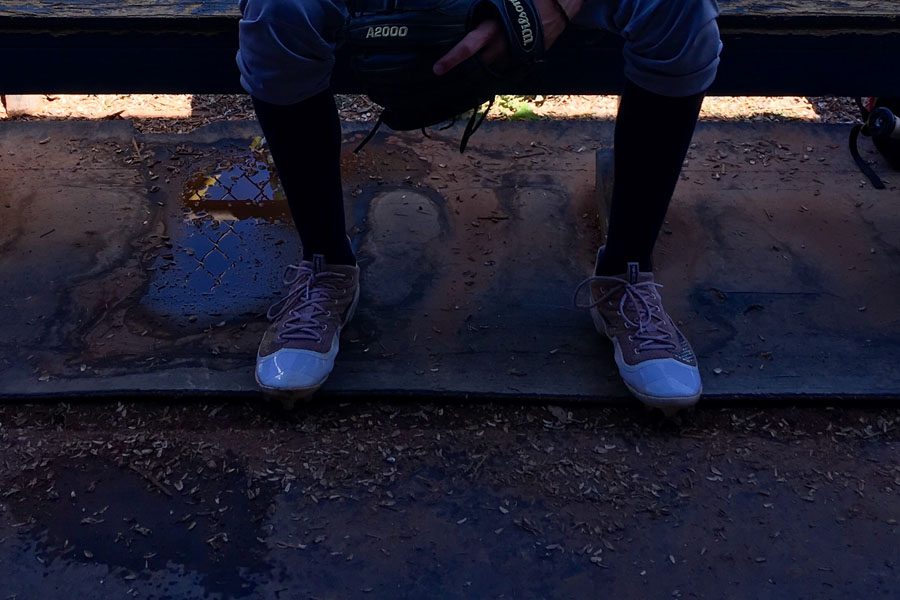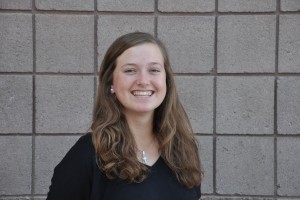AIA rule change attempts to streamline transfers
The updated transfer rule may make it more difficult for students to move schools and continue playing their sport.
April 20, 2016
The Arizona Interscholastic Association (AIA) voted on the updated transfer rule Mar. 4 and it will go into effect July 1, 2016. With the new clauses, in-state transfers may find it more difficult to move to another school and continue playing their sport.
Previously, a student-athlete who moved from one school boundary to another would only be eligible to play if they moved houses. If they did not, they would have to sit out the entire season.
“This new transfer rule takes out whether you moved or not and treats all transfers the same,” Athletic Director Jennifer Burks stated. “If you transfer from in-state, whether you move from Chandler boundary to Perry boundary, whether you don’t move at all, you have to sit out 50% of the season.”
This applies to all levels and the reason for a student’s transfer does not matter.
“That rule is for people who live right here [in Perry boundaries] and move across Germann cause they want to play football at Campo Verde. It stops people from jumping schools,” Principal Dan Serrano stated. “It’s going to be interesting to see what happens over the next year because if I move from Tempe to Queen Creek because I bought a new house, should my kid have to sit out half the games?”
Some may agree that this update makes transferring easier for student-athletes because now they only have to sit out half the season. Others say that it makes it more difficult on those who actually moved and now have to be penalized by sitting out. “If you start out at a school you don’t like then that’s understandable. And I know there’s issues where kids find out that the program athletically is not for them,” Burks stated, adding, “I think the rule should have only been for varsity athletes.”
“Quite frankly, I’m not a fan of the way it sounds,” Serrano stated. “As long as I’ve been around high school sports transfer rules have always been controversial [but] I’m a firm believer that wherever you start your freshman year [is] where you should stay.”
One of the main causes for this revision was a pattern of dishonesty found in many transfer student-athletes. Athletic directors would often have to act as “private investigators” to find out if students actually moved residencies.
“We would seriously go to the person’s house; we would go into their home, into their bedroom, bathroom kitchen. We’d make sure that it looked like they were actually living there,” Burks stated. “It was getting to be ridiculous. It felt like an invasion of their privacy.”



